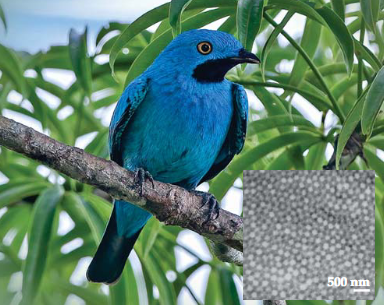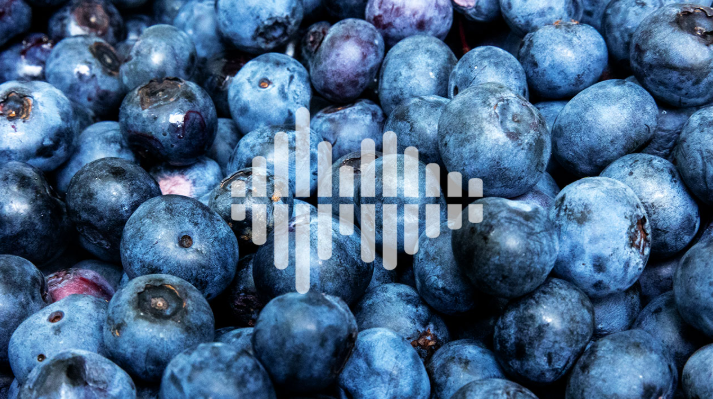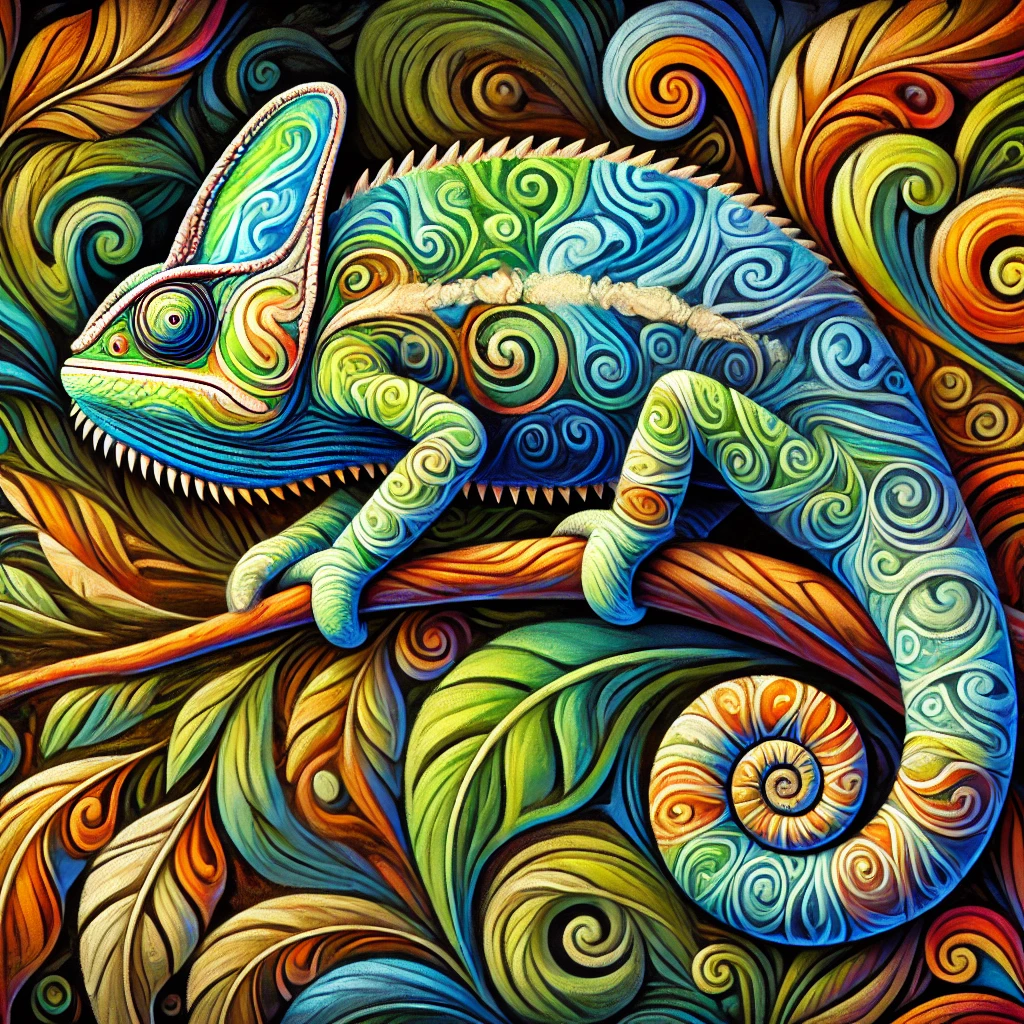Pigment and structural color
Today when I listened to the podcast about “blueberry is not blue”, I recalled the question I heard a few years ago “what is the difference between colloid color and dye color”. Even to this day, I still don’t have a solid understanding of the physics of color, but rather some scattered pieces of knowledge with terminologies that do not necessarily make sense, such as Rayleigh scattering and absorption by chemical bonds. But the question is still there: is there a unified framework to understand color?
There are a few examples I knew for a long time without truly understanding. One is the color of gold particle suspensions. Depending on the size of gold particles, the color of the suspension can be red, yellow, blue and sometimes purple. After a little bit of reading, I found the paper Colloidal dispersion of gold nanorods: Historical background, optical properties, seed-mediated synthesis, shape separation and self-assembly by Vivek Sharm et al. provided a nice historical perspective of the discovery of gold suspension colors. The first record of colloidal gold coloring dates back thousands of year ago, but the first scientific account was made by Faraday studying the physical nature of ruby glass. Theoretical breakthrough was made by Mie, and Mie scattering to this day is one important chapter in any colloid textbook. Personally, I’ve learned it in the classroom, but except the name, I could not remember anything (that’s a shame, but at least I’m trying to pick it up when it catch my interest again). Mie’s theory considers the interaction between the electron cloud around gold particles and the electromagnetic radiation and determined the basis for the size and shape dependent absorbance of colloidal gold sols.
So, this is the first mechanism of coloring. It’s structural and is different from traditional pigment. It is Mie theory, essentially scattering and absorption. And such coloring must be dependent on particle size and shape.
What about dye? Quote from wikipedia: “Like all materials, the color of pigments arises because they absorb only certain wavelength of visible light. The bonding properties of the material determine the wavelength and efficiency of light absorption. Light of other wavelengths are reflected or scattered.” The bonding is responsible for the color of pigments. It is on a smaller scale, and is not subject to “easy” change unless the chemical nature of the pigment is altered (e.g. oxidized). So pigment coloring is chemical.
Are there other types of coloring?
Blue jays are not blue
In the paper A field guide to angle-independent structural color by Manoharan and Stephenson, they have the example “blue jays are not blue” because the blue jays don’t have blue pigment in their feathers. Instead, the color comes from the pores in the protein matrix in their feathers. The color is attributed to constructive interference. Just like any other constructive interference, it happens for the wavelength which is close to the interpore distances. It is structural. The following image is from Vinothan et al. A field guide to angle-independent structural color. The micrograph of the crystal structures was originally published in Dufresne (a highly inspiring scientist, I’m grateful for having the chance to take his Biophysics class in 2024 at Cornell) et al. Self-assembly of amorphous biophotonic nanostructures by phase separation.

Blueberry is not blue
Back to the podcast that made me think. The color of blueberry, according to the paper Self-assembled, disordered structural color from fruit wax bloom by Middleton et al., is also not from blue pigment. Instead, it arises from the “randomly arranged nonspherical scatterers” on the natural wax bloom on the skin. It is also structural. Some other fruits, such as plums and juniper cones, also share this coloring mechanism. The image is from the cover image of the Science Megazine Podcast webpage, which inspired me originally to write on this subject.

Chameleons
These animals can change their color under different circumstances. When threatened, they change their color similar to the foliage surroundings, like camouflage, for self-protection. When ready for mating, however, they change to bright and outstanding colors, conveying the message to the opposite sex. How do they manage their colors? What mechanism supports such frequent change of color, a special type of pigment, or a reconfigurable micro-structure? Opinions are still mixed on this issue. Some say it’s by dispersing or concentrating their cell pigment. Others say they have nanocrystals in their cells, so they can change the orientations of the crystals to refract different colors. There is also the opinion that they utilize structural coloration. It is likely that chameleons have all these mechanisms in their cells, making their color changing versatile. More evidence has to be collected to settle this issue. The image is an artistic image of a chameleon generated by ChatGPT.

Conclusion
Coloring mechanisms can be categorized into structural and chemical, and this categorization seems to account for all the colors I know so far. Actually, the chemical coloring of pigments is also somewhat structural. It is just that the bond structure can only be altered by chemical reaction, makes it a special structural coloring.
The mechanism of coloring is as colorful as the color spectrum itself, and it is certainly not just pigments. It is always fun to find out where the colors arise.